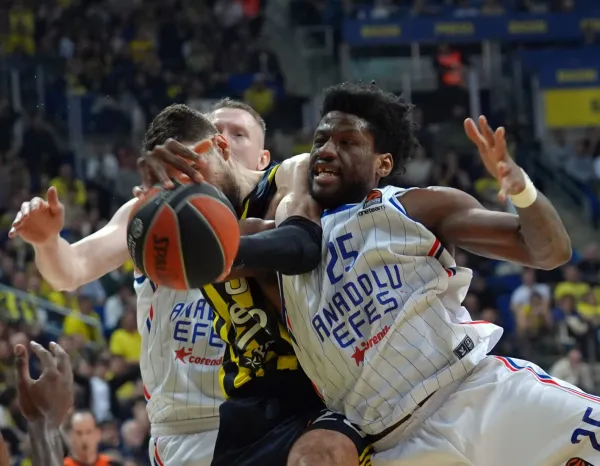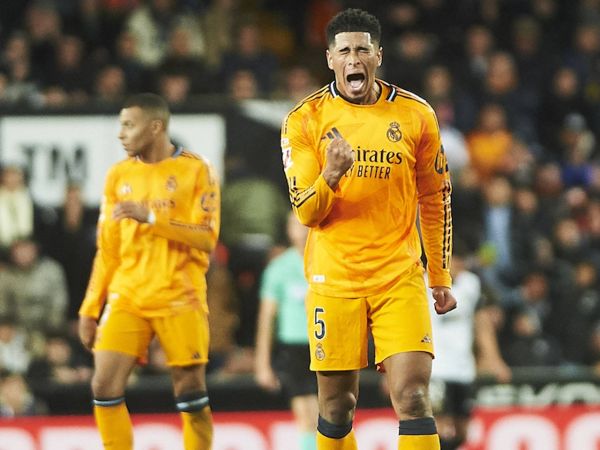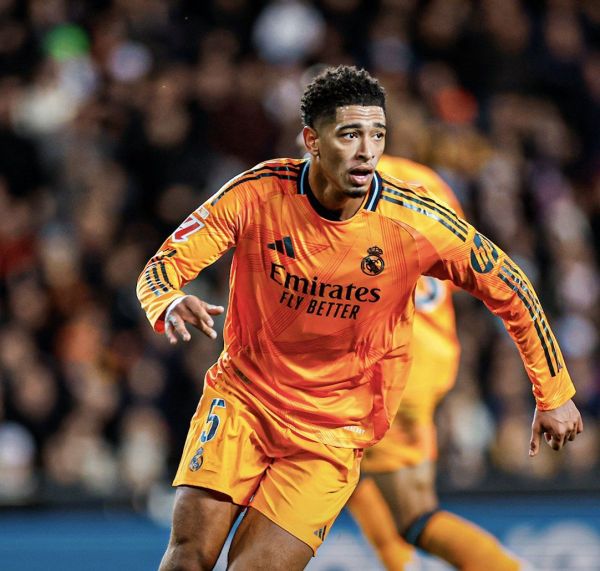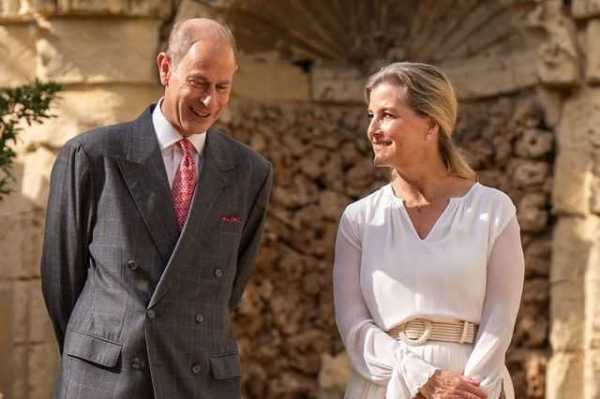The Harrier Jump Jet is one of the most iconic fighter jets to enter service, and its incredible capabilities — one of which is to take off and land vertically — is one of the reasons why it had such a legendary reputation among fighter pilots and aviation enthusiasts alike. While a few may think that the Harrier is an American jet, especially as the U.S. Marine Corps has a fleet, it’s actually the British that started its development in the 1960s.
Advertisement
The Royal Air Force was the first to operate the aircraft, with its No. 1 Squadron receiving the Harrier GR1 in April 1969, and it was only retired from service in 2011, giving it 41 years with the RAF. On the other hand, the U.S. Marine Corps received its first Harriers in 1971, and the service plans to keep them until 2026 — a whopping 55 years. But even if it’s still flying today, it was last built in 2003, and the U.S. is simply using the Harriers the British retired for spare parts to maintain its own fleet.
After almost 40 years of production and more than 50 years of service, the Harrier has gone through four manufacturers across two continents, giving it quite a history.
What was the Harrier Jump Jet?
The original concept for a VTOL jet was conceived after World War II, when military leaders realized that air bases would be the first targets to be attacked in the opening stages of any war. So, if you could build a jet that can take off vertically (which means it could operate from any clearing) or from short, unprepared runways (like a road or highway), it means that you would still have air power even if your bases have been wiped out. Furthermore, these planes could be deployed much closer and faster to the front lines because of their rugged capabilities.
Advertisement
The first-generation Harrier made its first flight in August 1966, and while its VTOL capabilities made it such a unique fighter aircraft, it did have a few shortcomings. Its biggest issue was that, because its engine and vector nozzles were so large, there was no place for internal weapons. This meant that everything had to be slung in underwing hardpoints or in pods. Aside from that, it also had a smaller payload and shorter range than the smaller A-4 Skyhawk, which the Harrier was supposed to replace.
The second-generation Harrier was introduced to solve this problem, and this is the jet that we most often see flown by the Marines. Although the RAF and Marine Corps are the most popular operators of this variant, it was also operated by the Royal Navy, the Spanish Navy, and the Italian Navy from their respective aircraft carriers. However, the Royal Navy has since retired their airframes in 2006, while the U.S. and Italy plas to retire their planes soon. Spain is the last holdout, with the country planning to end the VTOL’s service in 2030.
Advertisement
The original developers of the Harrier Jump Jet
British aircraft manufacturer Hawker Siddeley built the first VTOL prototype that would eventually lead to the Harrier. This prototype was the Kestrel, which was the culmination of several prototypes built starting from the late 1950s. This prototype used the Bristol Pegasus engine, which would eventually become known as the massive Rolls-Royce Pegasus, and would go on to power all Harrier models until it ended production in 2003.
Advertisement
If the Hawker Siddeley name sounded familiar, it’s because its predecessor, Hawker Siddeley Aircraft, was the maker of the Hawker Hurricane. This single-seat fighter aircraft is often overlooked by historical and aviation enthusiasts, but it held a pivotal role in defending the British Isles, having been tasked with taking down German bombers during the Battle of Britain.
The Harrier was made in Hawker Siddeley factories in Kingston, near the banks of the River Thames, with final assembly occurring at Dunsfold, some 30 miles southwest of London. However, despite the pedigree of the company, it couldn’t escape the economic realities in the UK during the 1970s.
Mergers in the 1970s meant a new owner
The British government passed the Aircraft and Shipbuilding Industries Act of 1977, which saw the nationalization of Hawker Siddeley. It was then merged with the British Aircraft Corporation, resulting in the creation of British Aerospace. Although this meant that the Harriers were now made by British Aerospace (which was a state-owned corporation), it wouldn’t make sense for the new company to move its existing manufacturing facilities elsewhere. This meant that the Harriers were still likely built in the same factories that Hawker Siddeley used.
Advertisement
However, as we’ve said earlier, the first-generation Harriers had some drawbacks. So, even before the merger took place, there was already some work being done to upgrade the original VTOL jet. This jet was supposed to be called the AV-16 and would feature a larger engine, improved flight dynamics, and heavier payload capacity. It was being developed by Hawker Siddeley and McDonnel Douglas — however, increasing costs were unsustainable for Hawker Siddeley, leading it to abandon the project in 1975.
This wasn’t a waste, though, as the latter used what it learned during this development to develop the AV-8B Harrier. And although the AB-8B Harrier was built by McDonnel Douglas, British Aerospace struck a deal with the American company and built its own Harrier II jets derived from the AV-8B for the Royal Air Force and Royal Navy.
Advertisement
American development
Although Hawker Siddeley made the first Harriers, its financial woes meant that further development had to be taken on by another company — McDonnel Douglas. So, the second-generation AV-8B Harrier made its maiden flight at McDonnel Douglas’ headquarters in St. Louis, Missouri in 1978. The American corporation built 377 AV-8Bs from 1978 until 1995, when it was then replaced by an improved AV-8B Harrier II Plus.
Advertisement
This variant first flew in 1992 and had the same radar used by the U.S. Navy’s F/A-18C Hornet, allowing it to execute air-to-air, anti-ship, and close-air-support missions day and night, and even in weather. Aside from building new Harrier Plus variants, existing AV-8Bs could also be upgraded to this new standard, allowing the Marine Corps and other operators to get these advanced features at a much lower cost compared to acquiring a completely new airframe.
The first Harrier II Plus jets started service with the Marines in 1993, while the upgraded AV-8Bs started rolling into the flight line in 1996. This was also the last variant of the fighter jet that was being produced until the end of its production in 2003.
Advertisement
Another merger meant another new maker
You might think that the Harrier’s story would end with McDonnel Douglas, but it was in for one more change when McDonnel Douglas merged with Boeing in 1997. This meant that the Harrier would now be made under the Boeing name during the last six years of its run, although production would remain at St. Louis, Missouri. This is also one of the reasons why the AV-8B Harrier II is one of the best jets Boeing has ever made, despite being born in the U.K. more than 30 years before Boeing took over production.
Advertisement
Despite being out of production for over 20 years now, both BAE Systems (the successor company of British Aerospace) and Boeing still support the remaining Harriers that fly today. However, even if the Harrier is one of the most legendary naval aircraft ever flown, its age and advances in aviation technology meant that this plane will eventually have to be retired.
Today, the Marine Corps is slowly replacing its Harrier fleet with the newer F-35 Lightning II fighter jets, with other operators expected to the same. Even the Royal Air Force and Royal Navy, the original operators of the Harrier and the first ones to completely retire the legendary jet, are now operating the F-35B.







